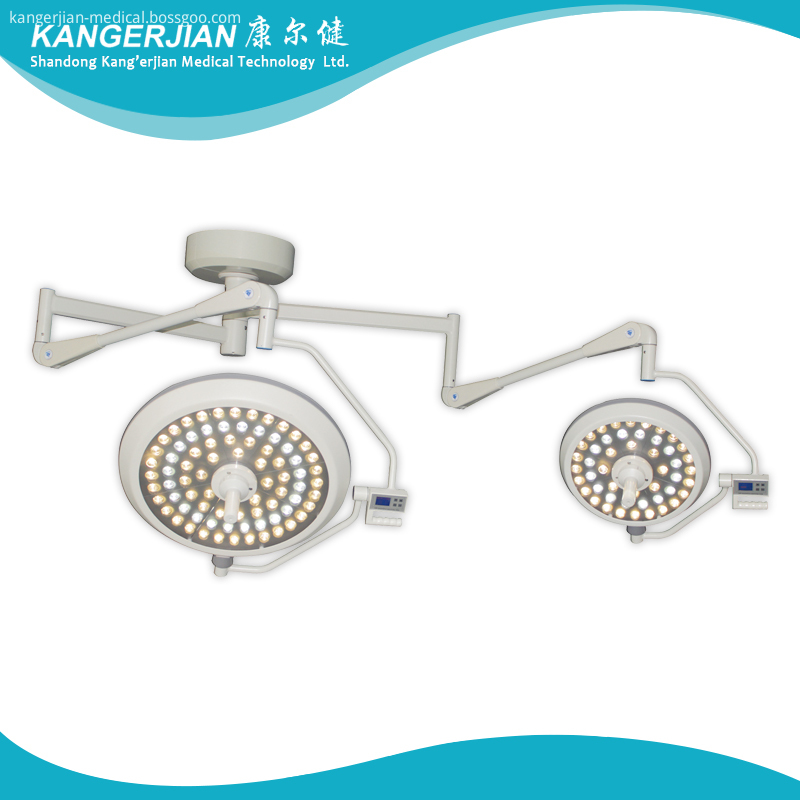Causes of Outbreaks of White-winged Leafhoppers in Corn Fields in Northern Xinjiang and Comprehensive Prevention Measures
Chen Guoyi
(84th Agricultural Fifth Division, Bole City, Xinjiang 833405)
Abstract: In recent years, the white-winged leafhopper has been damaged in northern Xinjiang, resulting in a 33% reduction in corn production. Moreover, the population of insect populations has increased year by year, and has become one of the major pests affecting maize production from the past secondary pests. Through investigation and analysis of living habits, damage characteristics, occurrence patterns, and damage status of the white-winged leafhopper in recent years, some effective comprehensive defense measures have been explored.
Key words: White-winged pheasant, corn field, outbreak, genesis, comprehensive prevention
The white-winged leafhopper (Thaia rubiginosa kuoh) is a member of the order Meeroptera, and leafhopper. From 2005 to 2006, there was an outbreak in the corn fields in northern Xinjiang. According to the survey, there were 21 insects in the three-leaf corn during grain filling, and the yield loss was 33%. The most serious plot had more than one hundred insects in one leaf and the yield loss was 50%. Right and left, so the white-winged leafhopper has become one of the important pests for corn production.
1 Damage characteristics
The white-winged leafhopper sucked on the leaf sap of adult corn and nymphs to form sporadic small white spots, followed by punctate streaks or white streaks, and then gradually turned brown, impeding photosynthesis in leaves and affecting normal growth and development. This resulted in a reduction in grain weight, yield, and quality.
2 Morphological features
White-winged ladybirds are 3-4cm long, males are slightly smaller, head, chest and abdomen are orange-yellow, and the sides of the front edge of the head are each with half moon-shaped white spots. The forewings are grayish white and translucent, and the hind wings are lighter orange and translucent. The egg length 0.5-0.6mm, near the bottle shape, slightly curved, one end, the other end of pure round, milky white. The nymphs are 5 years old, the last instar nymphs are 2-3mm long, light yellowish green, and the steel hair on the body is obvious.
3 habits
In the northern part of Xinjiang, 2-3 generations a year, the adults pass winter on the earth seams, roots of plants or protected cultivation crops. In the spring of next year, the overwintering adults first move on the winter wheat fields, Putian and some weeds. When the maize emerges, One after another moved into the breeding area for harm, and spawned in late May. In early July, the adults of the first generation reached the peak of damage. The average temperature was about 20°C, the duration of eggs was 15-20 days, and the duration of nymphs was 20-25 days. In the middle of August, the second generation of adult insects formed the second peak of harm. White-winged leafhopper adults lively and good fly, strong ability to spread, willing to have a strong phototaxis and tropism, generally first from the lower leaves of the plant gradually invaded, the main natural enemies of white-winged leafhoppers have bees, heterochromatic ladybugs, Various spiders and so on.
4 Outbreak reasons
4.1 population base number
White-winged leafhoppers have been used as lighter damages for various crops in the past, and they have not been taken seriously by prevention and control. In addition, there are many suitable parasitic plants for local cultivation, and the types are abundant: such as wheat, corn, pigment chrysanthemums, alfalfa, millet, etc. The source field of white-winged leafhoppers has optimized its living environment and is conducive to the growth, reproduction and overwintering of white-winged leafhoppers. Moreover, the survival rate of overwintering is high and the number of insect populations is large, and the damage is increasing year by year.
4.2 climatic conditions
As the white-winged plover is hi dry, hot and humid, it has strong clusters. In recent years, the winter temperature in the northern Xinjiang has become warmer. In 2005, it was the second consecutive warm winter, and the survival rate of pests and fleas was higher. 6-8 The monthly rainfall is relatively high, the temperature is high, and it is suitable for breeding. According to the investigation, the temperature suitable for the outbreak is 25-30°C, and the humidity is 20-80%. Therefore, the local climate in recent years has created the conditions for the outbreak of the white-winged leafhopper.
4.3 missed the best period of prevention and treatment
In the early stage of corn growth, due to the small number of occurrences, the symptoms of damage are not obvious, and people often neglected the previous investigation and prevention, resulting in a large number of spawning breeding of white-winged leafhoppers in the fields. From July to August, the peak of damage was reached, but at this time, corn has entered the tasseling and grain-filling period, and the plants are tall. This has caused difficulties in prevention and control or poor prevention and control, ultimately leading to outbreaks and severely affecting production.
4.4 The planting density is too large and the ecological environment is conducive to the occurrence of damage.
In the cultivation of corn, in recent years, most of the cultivation methods used to increase the density, increase the yield, so that the ventilation and light transmittance of the field is poor, plant leaves green, is conducive to the occurrence of damage. According to the survey, the density of corn increased by 1,000 per 667, the damage degree increased by 11.3%, and the growth period was prolonged, which increased the residence time of the white-winged leafhopper in the field.
4.5 Cultivation System
In recent years, the northern area of ​​Xinjiang introduced a large area of ​​planting corn, my area is more than 10,000 acres per year, and more varieties, varying lengths of growth period, coupled with transitional crops, wheat, alfalfa area, which have become white wings The bridge field and insect source base that are damaged by pests, together with the low rotation coefficient of various local crops, and the long duration of continuous cropping, have accelerated the damage progress of the white-winged leafhopper.
5 Comprehensive prevention measures
5.1 Elimination of Insect Sources and Reduction of Overwintering Population Bases
In order to reduce the damaging degree of white-winged lepers, it is necessary to clean the pasture before plowing the ground, pick up the residual rods around the field, remove the host weeds from the channel of the farmland, and burn them in a centralized manner to reduce the habitats of overwintering insects. Autumn plowing and winter irrigation reduce the amount of insect pests in the field.
5.2 Strengthen forecast and forecast, grasp pest situation, guide prevention and control
Precisely forecasting the overwintering base number of white-winged leafhoppers, the law of time of flight, the main host's detention period, climate conditions, etc., can prevent and control work until a certain guiding role, and it is also the key basis for formulating prevention and control measures. The forecast should start with tracking the entire occurrence from the source of insects. Dynamic, accurate and timely release of forecast results, determine the period and methods of prevention and treatment.
5.3 Protecting and Utilizing Natural Enemies
The main natural enemies of white-winged leafhoppers are: bees, heterochromatic ladybugs, and various types of spiders. During the prevention and control work, these natural enemies should be protected and utilized, and agricultural, biological, and physical control measures should be used as soon as possible to prevent illicit drugs and kill natural enemies. , destroy the ecological balance.
5.4 Appropriate close planting and implementation of rotation system
Due to the reasonable planting density of corn, the seedling density should be determined according to the characteristic characteristics of the varieties, blindly increasing the density, resulting in weak plants, prolonged growing period, and aggravation of the damage. The number of general nursery plants is controlled at 5000-7000 strains per 667 to ensure that the corn grows robustly. To improve the ability of resisting diseases, we should turn crops on the heavier plots in time and try to plant crops that are not sensitive to white-winged grasshoppers.
5.5 Chemical Control
When the base number of pests in the corn field reaches the prevention and control index, chemical control shall be adopted, and 2% leafhopper powder may be used, and dusting may be applied every 2kg/667? or 10%. Imidacloprid wettable powder sprayed 2500 times, can also be used 20% of Yelv San EC 500 times solution or 50% killer pine EC 1000 times spray control.
Imported French lens
Healthyou med technology is professional for the LED operation light more than 10 years in China
We are also provide Portable Operating LED Light for operation room series .
Each LED can be replaced individually, which guarantees maximum economy.
Configuring lightweight balance arm suspension system ,six groups universal joint linkage ,mobile, lightweight positioning and stablibity .A 360°all-round design ,can meet the need for surgery in different heights and angles.
color temperature constant, soft, very close to the natural sun light.
The use of liquid crystal display button control, to meet the needs of the medical staff of different patients with the brightness of the operation.



LED Operating Light,Portable Operating LED Light,Surgical Operating LED Light,LED Surgical Light
Shandong qufu healthyou Medical Technology co.,Ltd , https://www.kangerjian-medical.com